Heating your house with wood may be more complex than you would expect especially as we are living in an era in which technology aims to simplify everything possible. Several aspects must be taken into consideration such as the choice of wood, techniques to light a fire, and planning your firewood supply for winter use. Here is an overview of what you must know in order to stay warm during the cold season.
Choosing the Right Wood is Essential
It is quite straightforward : Always burn wood that has been seasoned. When wood is seasoned, the moisture content is very low, below 20%. Trees that are fresh-cut are bursting with moisture. It can take six months to a year or even more for the logs to dry out. You must take into consideration this length of time when you purchase wood. Even then, the time frame depends on whether or not there was a proper environment to allow for the drying process. Logs should be stacked in such a way that air can get between the logs and sun can also shine on them. You can use a tarp cover that provides protection from the rain, but a shed is usually the best for stacking and drying logs and sheltering them from added moisture.
For long-burning, hot fires, hardwood, such as maple, oak, and beech, is best for your fireplace. For hot fires that are easy to light and burn out quickly, with no lingering embers left behind, choose softwoods (from conifers). Never use pieces of treated wood because they contain dangerous toxins.
You can easily identify dry seasoned wood by the cracks in the ends.
Tips for Building a Fire
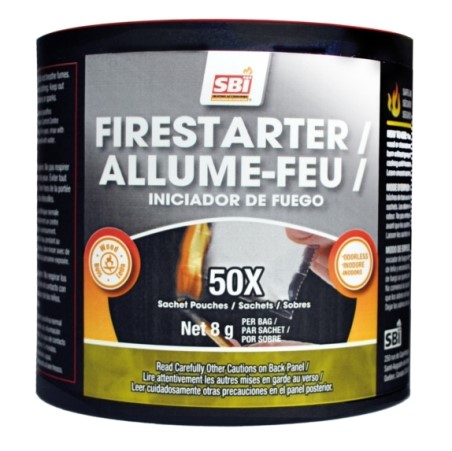 Fuel, heat, and oxygen are the only three components required to get a fire started. You can use small bits of tinder and a match to get the flames going. Examples of tinder include small twigs and newspaper. Then add kindling such as small branches and small split logs. Gradually add more wood without snuffing out the flames, which is what happens if the air is choked out of the fire. For a long-burning fire, pack the logs in tightly. Leave space between the logs for a quicker burn.
Fuel, heat, and oxygen are the only three components required to get a fire started. You can use small bits of tinder and a match to get the flames going. Examples of tinder include small twigs and newspaper. Then add kindling such as small branches and small split logs. Gradually add more wood without snuffing out the flames, which is what happens if the air is choked out of the fire. For a long-burning fire, pack the logs in tightly. Leave space between the logs for a quicker burn.
Some fire starters also work very well. We particularly like these two options:
- Paraffin sachet pouches – Odorless, easy to use, and keeps burning for about 6 to 8 minutes.
- Fire lighting gel–made of ethanol, it keeps burning even longer, at a higher temperature, can be easily poured over kindling wood, and it never fails to light the fire.
Never use lighter fluid, kerosene, gasoline, or other flammable liquids in your fireplace or wood stove.
Tips on Calculating the Amount of Firewood Needed for Winter
There are many different factors that determine the amount of firewood you’re going to need to keep your home warm in winter. The following are a few things that should be considered when making a calculation on the amount of firewood needed:
- The efficiency of your fireplace orwood stove. With highly efficient appliances, you get more heat yet use less firewood.
- The type of wood you use.Keep in mind that hardwood produces more lingering heat, since they create beds of hot embers. The reason why it that, it has a greater density than softwood. A cord of hardwood lasts significantly longer than a cord of softwoods, while creating more heat.
- The size of the wood stove or fireplace.It requires more firewood to produce more heat for a larger appliance and a larger home.
- The frequency of use.If wood is your primary fuel for winter, you will want to make sure you have significantly more wood than your highest estimate, to be sure you’re covered.
- How well your home is insulated – To get the most out of your heating, make sure to properly insulate your home. Fill all cracks and crevices with insulation. If you have single-paned windows, replace them with storm windows or triple-glazed wood windows.
- How cold the winter is.
Here’s a sample calculation, keeping in mind that a cord of wood is a 4’ by 4’ by 8’ densely-packed pile: If you are home all day in a 1000-square-foot heating area in a cold climate where cold weather starts around mid-October all the way, to April, three to four cords of wood are needed.
Fans May be Needed
If you wish to heat more than one room with your fireplace insert or wood stove, you may use fans to push the warm air around your home. Some appliances such as Ambiance Elegance 36 fireplace are designed with technologies enabling the heat transfer to multiple rooms.
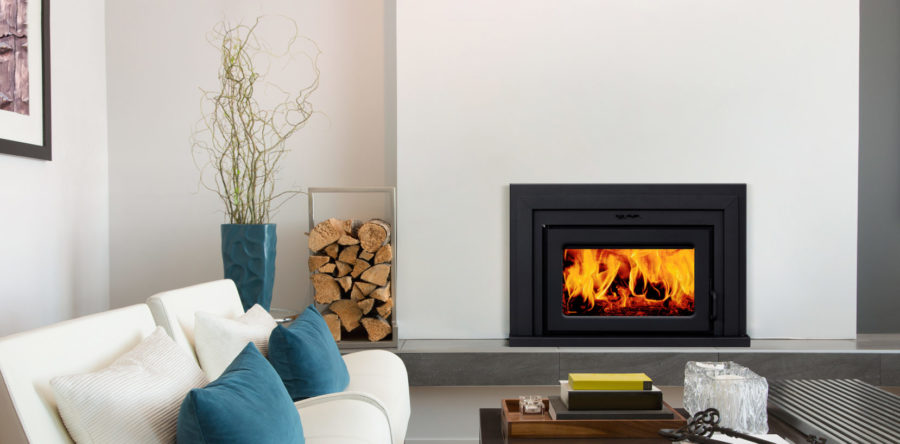
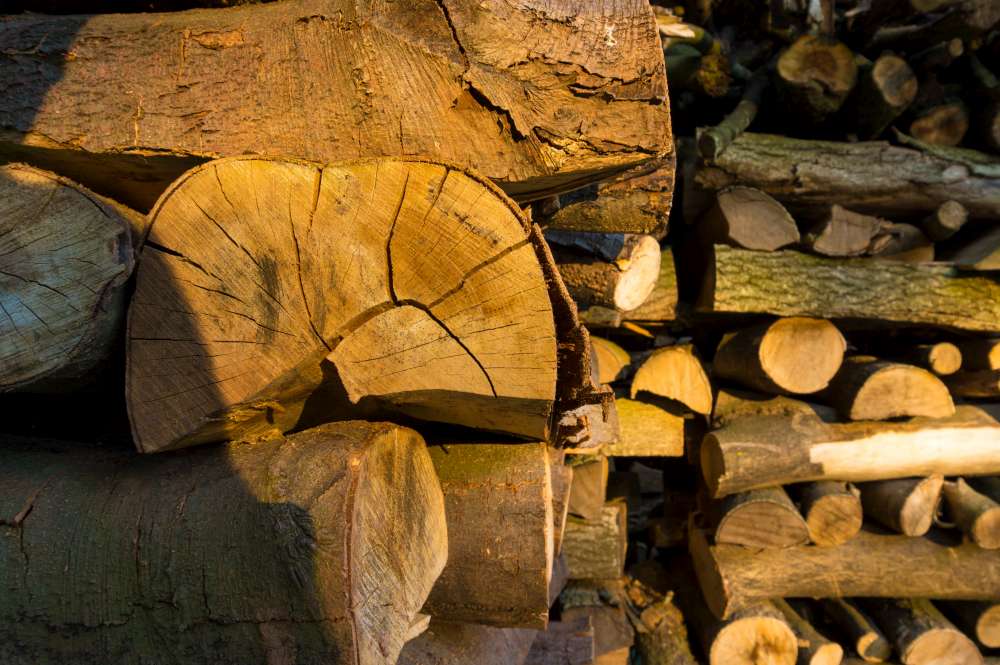


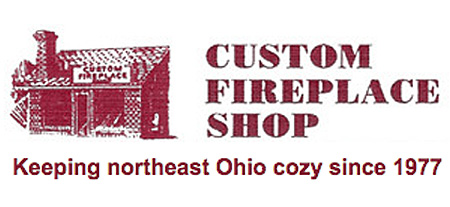





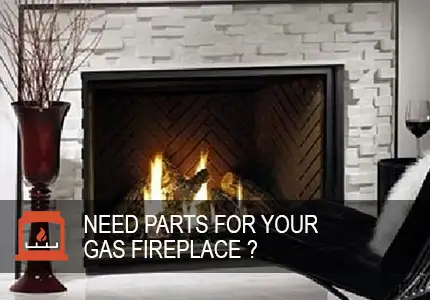
2 Responses